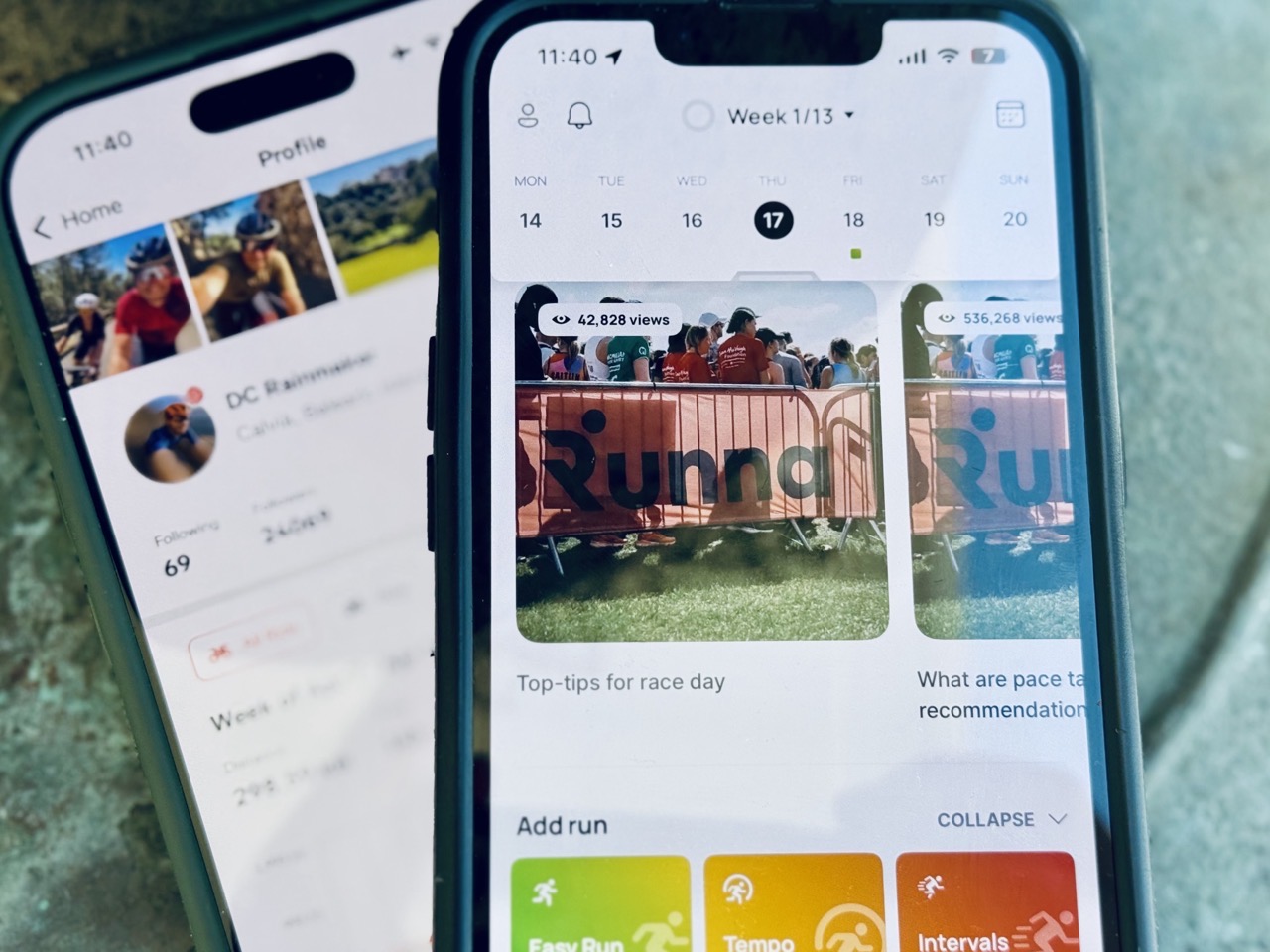
This morning Strava announced the acquisition of Runna. Obviously, everyone knows who Strava is, but some might not know of Runna. It’s relatively new, from 2021, and largely focuses on training plans for…well…runners. This includes automated 5K/10KM/half marathon, and marathon training plans. The app is effectively premium only and charges $119/year, following a free 7-day trial (technically you can do the first week of any training plan for free, but practically speaking that’s kinda useless beyond said first week).
Runna Quickly Explained:
The way Runna works is that you give it some details about your running experience (e.g. how many miles/KM you run a week, past experience with structured intervals, etc…), tell it your race goals (distance and time), and then give it some details on which days you can train and your preferred long run day. You’ll also specify the exact race/event date.
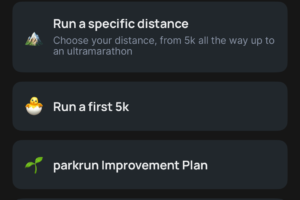
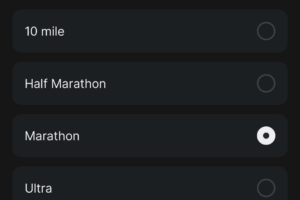

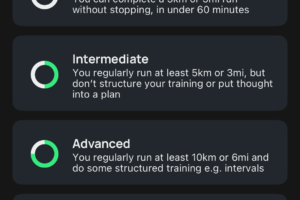

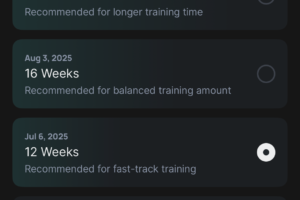
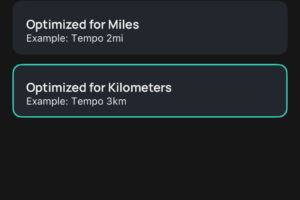
From there, it’ll spit out a training plan to meet that goal, and can account for the number of days each week you want to run. These plans include structured intervals, easy days, long run days, etc…
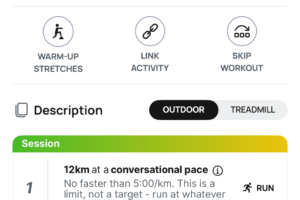

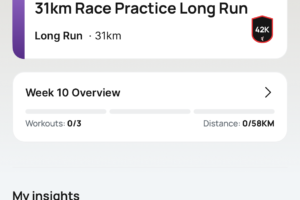
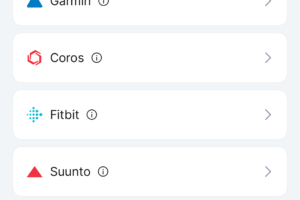
In addition, Runna can connect to 3rd party watches and push those structured workouts to said watches. This includes Apple Watch, Garmin, COROS, Fitbit, and Suunto. When you configure this, your watch will receive the structured workout with detailed step-by-step instructions for each portion of the workout. Essentially just like other platforms such as Training Peaks, Final Surge, etc… would send workouts.
Runna claimed to have 90,000 members at last count, and while some have touted how high up it is on the App Store, it’s actually not super high. It currently sits at #36 in the Health & Fitness sub-category ranking on iOS. Meaning that, yes, it’s built a fine business, but it’s hardly a household name.
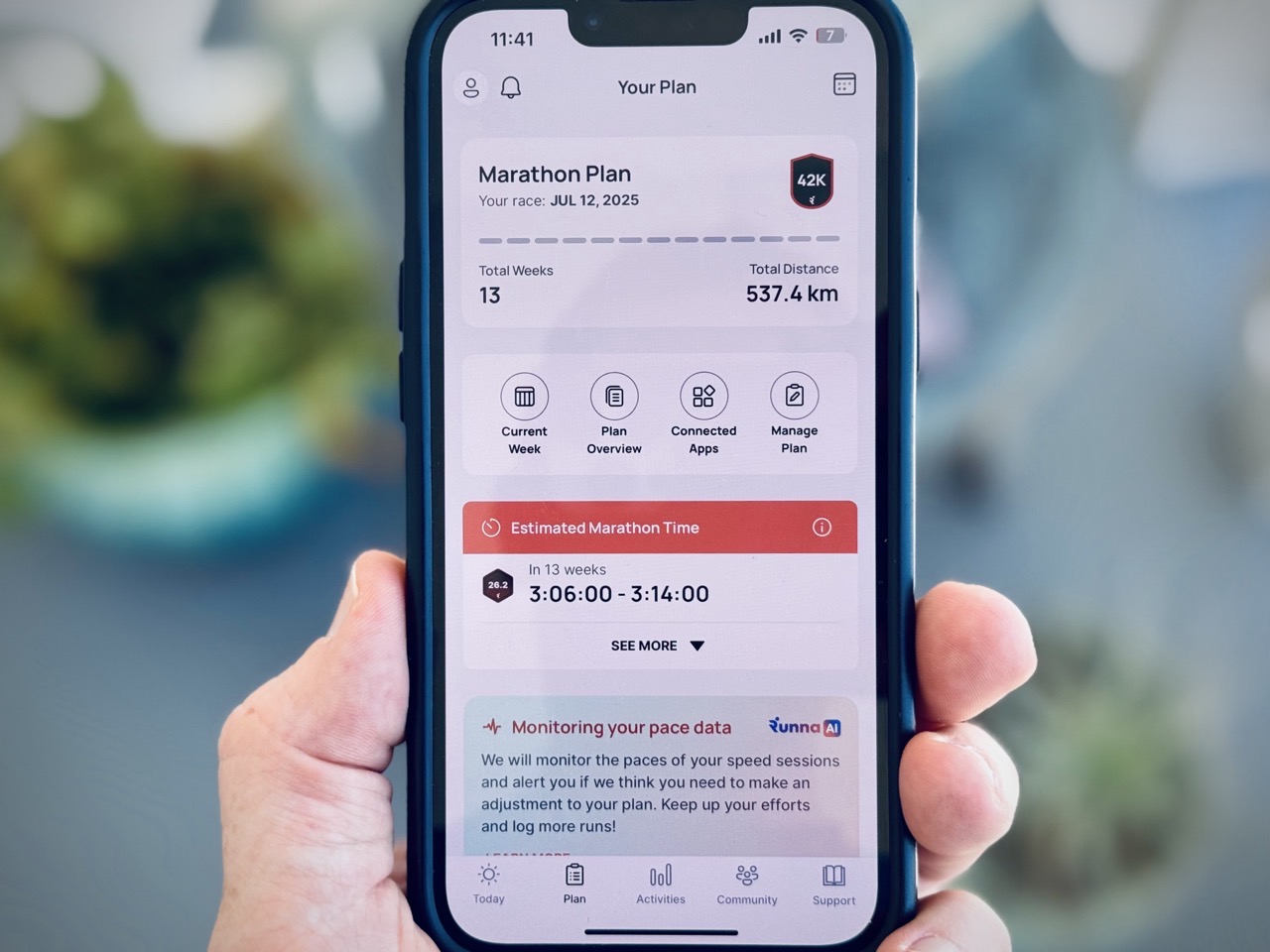
So, why does Strava want to acquire it? Well, the company did a bunch of interviews prior to today’s announcement with various media outlets, explaining their logic. That’s handy, given their own press release kinda omits anything in the way of explanation/reasons. Though in that press release, they did seemingly promise not to block other training apps from using their API:
“Over 100 training apps currently connect to Strava’s API in order to provide users with enhanced features and functionality. Strava remains firmly committed to maintaining this role as the open platform for fitness and to supporting all developers, alongside Runna.”
Obviously, there’s zero historical reason to believe that promise long-term, given the mass API removals last fall, and Strava’s long-standing policy of shutting down access to 3rd party apps that find themselves eventually competing with a portion of Strava’s ever-growing platform (it’s literally written in the API agreement that apps are not allowed to compete with Strava features).
Setting that aside, though, Strava’s CEO took to Reddit this morning to answer some questions, and was probably the most clear-cut there, out of any of the other interviews I read, saying the following (it’s worth a read, especially for FATMAP peeps):
“Acquiring Runna gives you even more tools to help you achieve your running goals. This is just the beginning, and there is much more to come (including for cyclists–stay tuned!).
Some of you have brought up the FATMAP acquisition from 2 years ago. The Runna acquisition is different. Strava acquired FATMAP for the mapping technology and the talented team. It took far longer than ideal to integrate that technology into the Strava app. Now the map tab in Strava is powered by the FATMAP tech. With the launch of winter map imagery, we are largely done migrating the relevant FATMAP features over to Strava. The last major feature is downloadable maps and that is coming later this year. I know it is hard for the former FATMAP app users to hear this, but the standalone FATMAP app had very few users and the business was not viable. If FATMAP hadn’t been purchased it wouldn’t exist in any form today. But the FATMAP team, the tech and many of the features live on in Strava. Runna is an amazing product, excellent team and a strong (growing and sustainable) business. Strava is acquiring Runna for all three aspects, with the intention to support its further development and growth.” – Mike Martin, CEO Strava
In an interview with both The Verge and T3, he explains that the plan for the short term is to run these apps separately. Telling The Verge, Mike says:
“Effectively, nothing changes for the user out of the gate. Our plan with this acquisition is to invest further into growing the Runna app, invest in the Runna team, and then continue to operate them as independent but in an integrated fashion”
That obviously makes sense for now, though I don’t think that’s a remotely sustainable solution long-term. Again, Strava’s own history makes that clear. In fact, in the next line in that Verge piece, Runna’s CEO (also interviewed), states that going back and forth between the apps for different functions isn’t ideal, saying: “At the moment, the user kind of gets passed off quite a lot of times.”
They noted that they haven’t figured out how to reconcile the subscription piece, which is $79/year for Strava, but $119/year for Runna.
Going Forward:
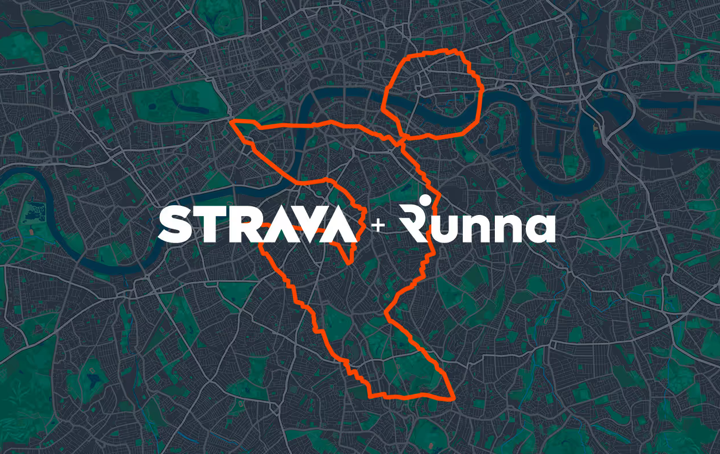
Obviously, neither company revealed how much Strava paid as part of the acquisition. On one hand, Runna’s product is well refined, looks clean, and pushes well into the running watch industry. At the same time, in 2025, apps doing AI-generated training plans are a dime a dozen. I get numerous e-mail offers per week to review AI training plan apps, and running is frankly one of the easiest of the sports to do this for (with triathlon being the most difficult). While generic AI is hardly perfect, in general, it delivers pretty good training plan recommendations.
Point being, a company that could dynamically create and adapt training plans for runners, perhaps 5 years ago, was a notable accomplishment – these days, it’s hardly unique. Instead, that’s probably more useful for Strava here is the staff and the modest but “sustainable” user base. Meaning that Strava can effectively integrate this technology into it’s main app over time, without taking a financial hit as log as they don’t piss off Runna users (who will keep paying, and probably expand with the additional attention.
In that sense, it’s a smart acquisition, assuming Strava didn’t overpay (and I have no idea either way if they did). While the current business environment is still somewhat dicey for high-priced acquisitions, the reality is we do continue to see some crazy-pants valuations tossed around, and more importantly, companies actually paying crazy pants prices for companies (such as Komoot, recently).
Ultimately, only time will tell here whether or not Strava can properly integrate Runna. In the end, if Strava can actually pull the core aspects of the training plan pieces into Strava’s main app, I’d consider that a win. Anything short of that, though, is just a distraction. Hopefully, for Strava users, they can pull it off.
With that – thanks for reading!

0 Commentaires